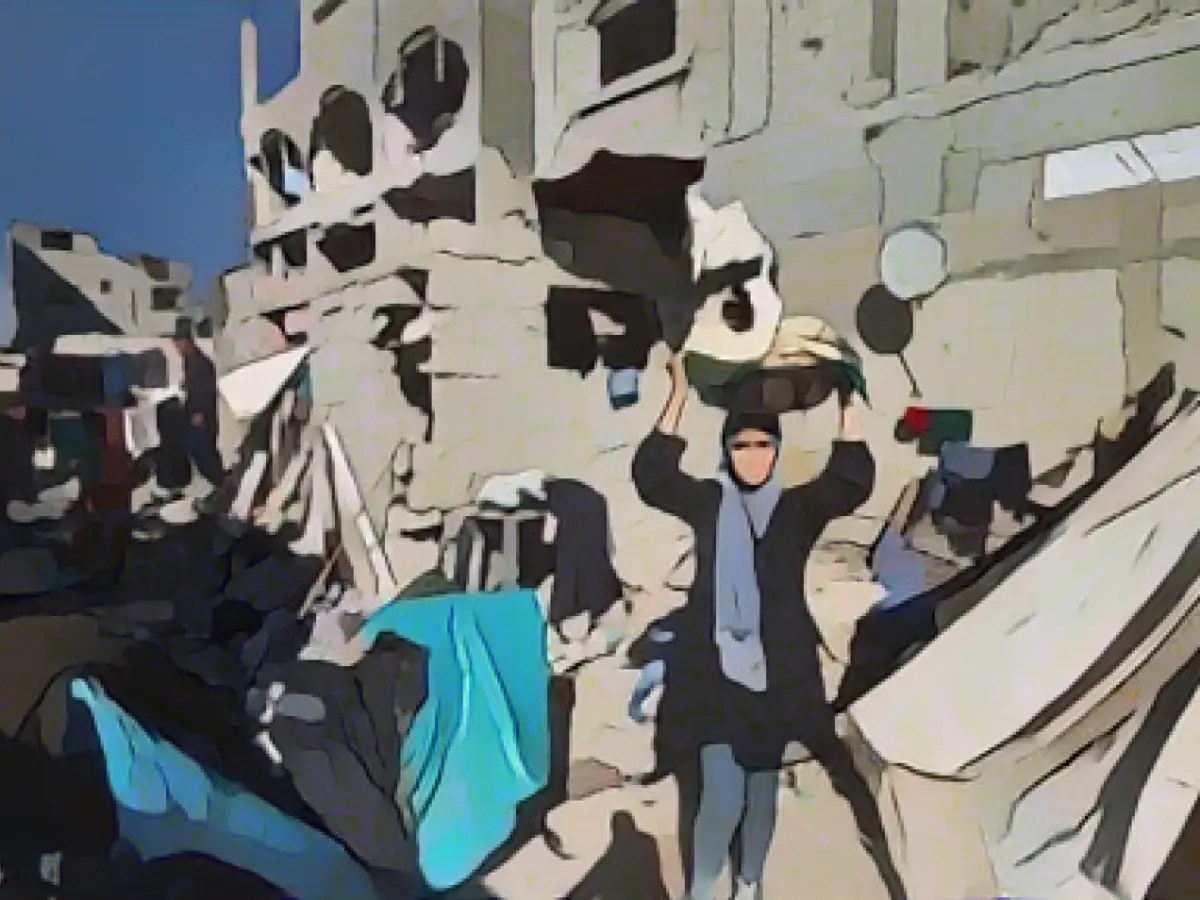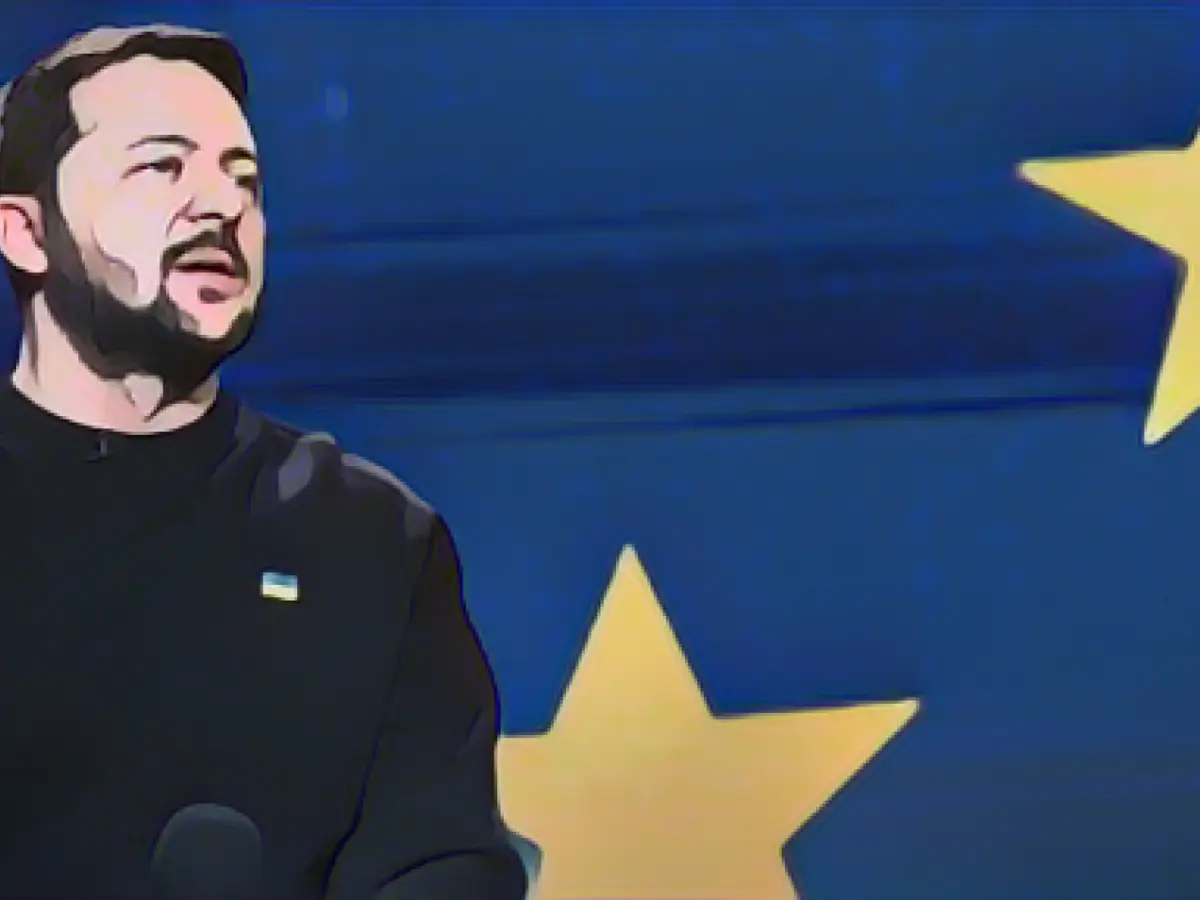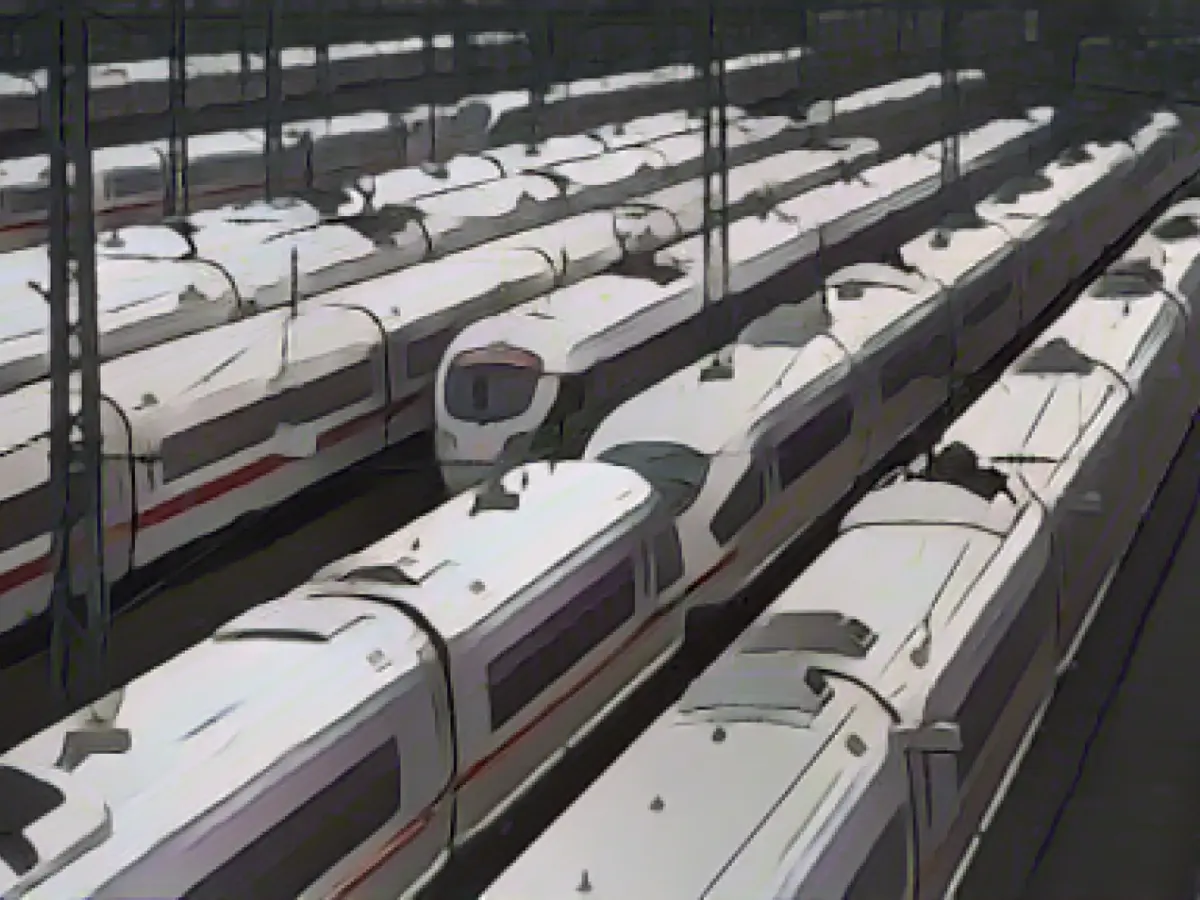Israel wants to beef up its border control at Gaza with an extra checkpoint at Rafah
Previously, Israel had been overseeing aid deliveries to Gaza through the Nitzana crossing. Now, they're planning to include Rafah as well, aiming to nearly double the aid flow, as per a tweet from their military. Their goal is to inspect trucks carrying essentials like water, food, medical supplies, and shelter equipment.
Israel's Defense Ministry and army clarified that only aid coming from Egypt would reach Gaza, as Nitzana is situated at the Israel-Egypt border, while Kerem Shalom lies on the boundary line between Israel, Egypt, and the Gaza Strip.
The UN's Office for Humanitarian Affairs (Ocha) reported 100 aid-laden trucks entering Gaza daily, down from 500 before the Israel-Hamas conflict kicked off on October 7.
The hostilities started with an unusually large-scale attack by Hamas, an Islamist Palestinian organization classified as a terrorist group by the US and EU. Hundreds of Hamas fighters raided Israel, committing heinous acts, primarily against civilians. Israeli sources estimate around 1,200 fatalities and 240 abductions in the Gaza Strip.
In response, Israel sealed off Gaza's populated coastal area, launched aerial bombardments, and initiated a ground offensive. Per Hamas stats (unsourced), over 18,200 individuals were reportedly killed. The UN General Assembly will discuss the humanitarian situation in Gaza on Tuesday.
Additional Insights
Introducing an extra checkpoint at Rafah with the cooperation of Palestinian Authority representatives and EU monitors isn't a game-changer in managing aid delivery to Gaza from Israel's perspective. However, international oversight and coordination can potentially lessen some issues related to aid distribution.
- EU Monitoring: The EU sent their team over to Rafah Crossing to supervise the process. This ensures close monitoring of needed medical care transfers and accompanying individuals, which could aid in preventing misuse of aid supplies[1][4].
- Coordination with EU: EU involvement makes the aid delivery process more organized and transparent. European cooperation could help ensure that aid reaches those in need without unnecessary delays or impediments[1][4].
- Regulatory Framework: With EU monitors and Palestinian Authority representatives onboard, there's an additional layer of responsibility. This could discourage arbitrary restrictions on aid delivery, decreasing the chances of aid being redirected for improper purposes[1][3].
- Aid Scale-Up: The ceasefire agreement resulted in a significant rise in humanitarian aid, with more than 10,000 trucks entering Gaza since the agreement was signed. EU oversight could help maintain this growth by ensuring smooth and prompt aid delivery[2][5].
In essence, while Israel still has control over the inspection of aid deliveries to Gaza, the inclusion of EU monitors and Palestinian Authority representatives at Rafah border might enhance the transparency and efficiency of the aid distribution system.






